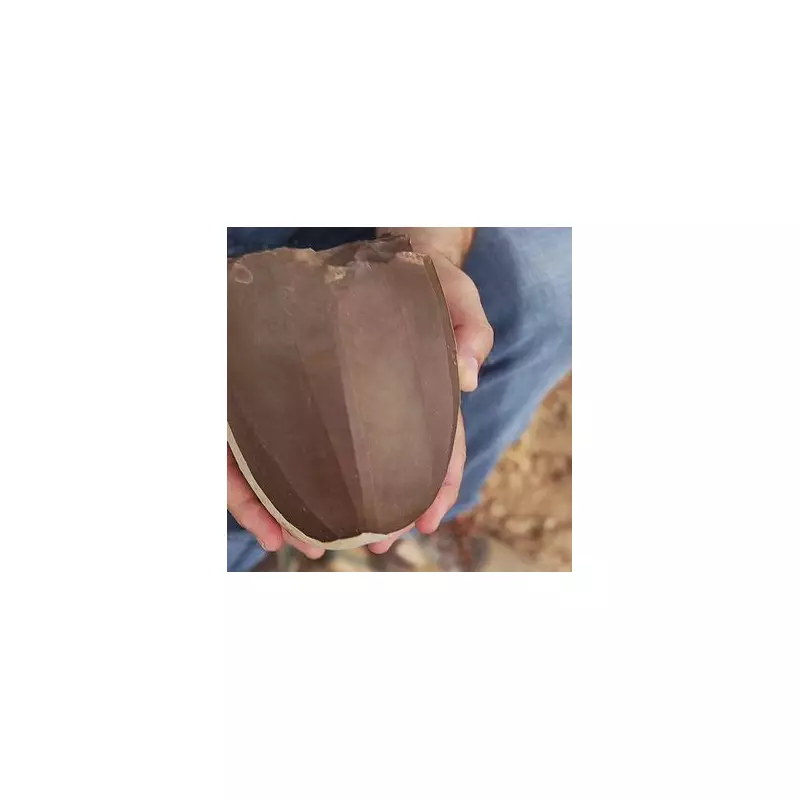
In a discovery that has sent shockwaves through the archaeological community, experts have uncovered an astonishingly well-preserved Neolithic tomb on the picturesque Isle of Arran. This remarkable find, dating back an incredible 5,500 years, represents one of the most significant archaeological discoveries in Scotland in recent decades.
The ancient burial chamber, known as a 'Clyde Cairn', was revealed during routine archaeological surveys in a remote area of the island. What makes this discovery particularly extraordinary is the tomb's near-perfect preservation, having remained untouched and hidden beneath the earth for millennia.
A Window into Ancient Scotland
Archaeologists from Archaeology Scotland describe the find as "exceptionally rare" and "of national importance." The tomb's structural integrity provides an unprecedented opportunity to study Neolithic burial practices and gain insights into the lives of Scotland's earliest farming communities.
The excavation has revealed intricate stonework and architectural features that demonstrate sophisticated construction techniques mastered by ancient Britons over five thousand years ago. The careful placement of stones and the chamber's alignment suggest complex spiritual beliefs and ceremonial practices.
What the Tomb Reveals
Early examinations indicate the tomb served as a communal burial site, potentially holding the remains of multiple generations from a Neolithic community. Such sites were not merely places of burial but likely served as territorial markers and centres for ritual activities connecting the living with their ancestors.
The discovery offers tantalising clues about:
- Neolithic spiritual beliefs and afterlife concepts
- Ancient construction methods and stone-working skills
- Social organisation and community structures
- Connections between Neolithic communities across Scotland
Preserving Ancient Heritage
Archaeologists are now working meticulously to document and preserve the site, using cutting-edge technology including 3D scanning and photogrammetry. This careful approach ensures that every detail is recorded for future study while protecting the fragile ancient structure.
The discovery on Arran adds to Scotland's rich tapestry of Neolithic sites, including the famous Skara Brae in Orkney and the standing stones of Callanish. However, the exceptional preservation of this tomb makes it particularly valuable for understanding our ancient past.
As research continues, this 5,500-year-old time capsule promises to rewrite our understanding of Neolithic Scotland and the people who shaped this ancient landscape. The tomb stands as a powerful reminder of the deep historical roots that lie beneath Scotland's soil, waiting to share their stories with the modern world.





